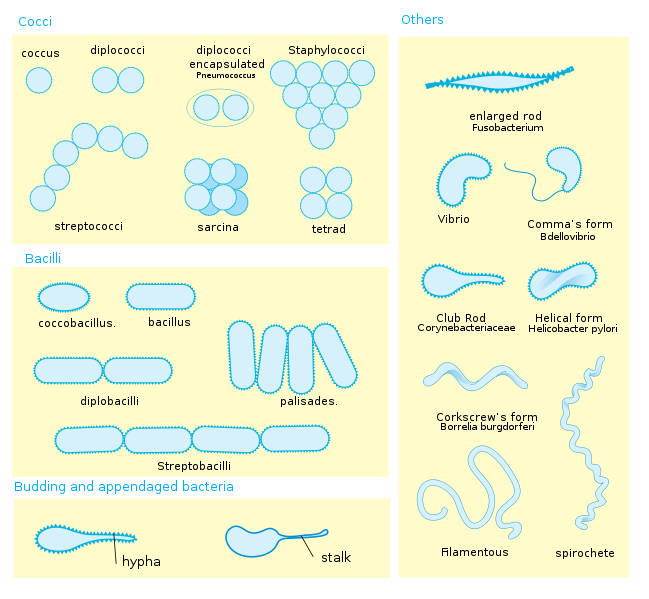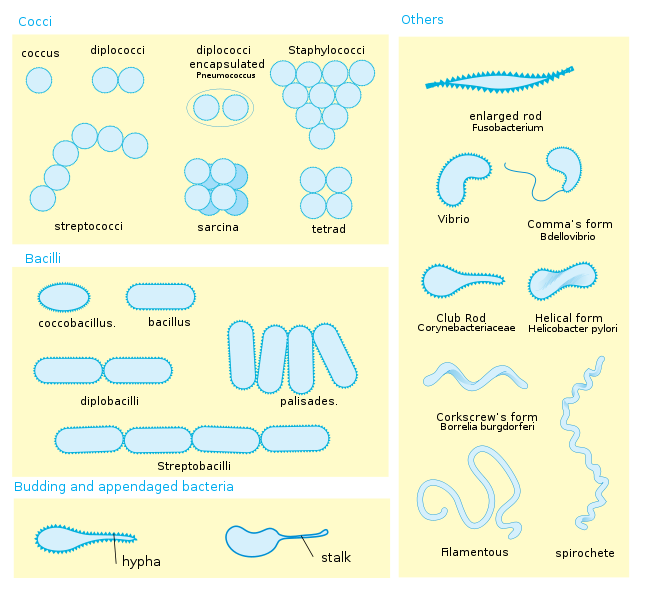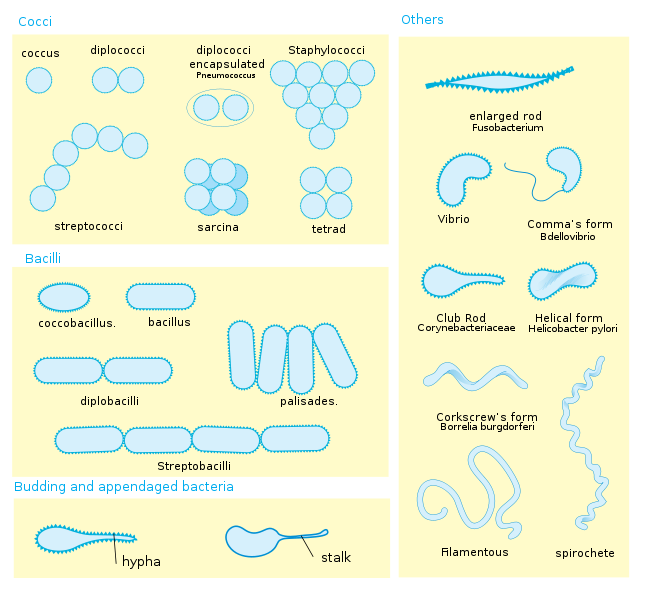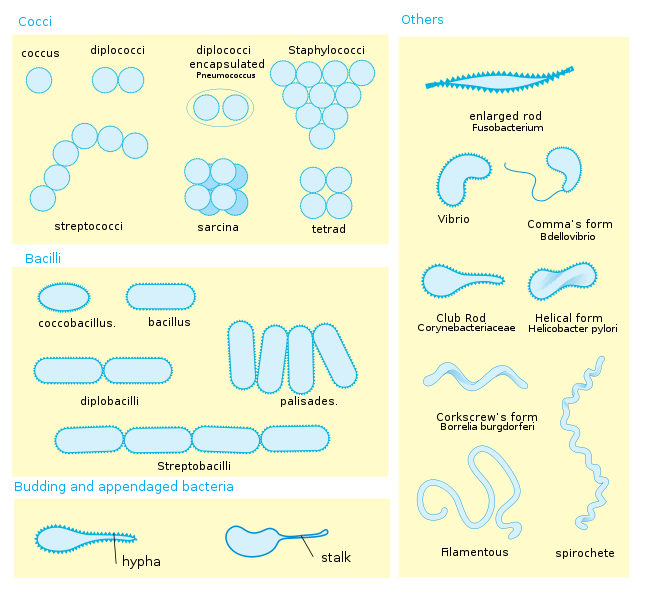
- •Предисловие
- •Раздел I. Student’s life
- •Topic 1. Meeting people
- •1.Fill in the gaps in the dialogues. Roleplay them.
- •2.Match the questions and the answers.
- •3.Introduce yourself. Complete the sentences.
- •4.Look at the pictures and write down the English equivalents for the given adjectives.
- •5.Use these adjectives and speak about your character and the character of your friends and relatives.
- •3. Answer the questions
- •4.Fill in the gaps My working day
- •5. Tell about the day of your dream.
- •3.Answer the questions
- •3. Translate into English
- •4. Read the text about Omsk. Omsk
- •5. Find English equivalents for these word combinations and sentences
- •6. Use «there is / there are» to tell about the sights of the city
- •7. Answer the questions
- •8. Situations
- •9. Living in a big city has both advantages and disadvantages. Let’s see what are they. Read the text. Translate the underlined words. Do the exercises to the text.
- •I variant
- •II variant
- •III variant
- •10.Tell about your native city.
- •5. Answer the questions
- •6. Speak English
- •7. Speak about the educational establishment of your friend
- •8.Choose the best ending for each of the sentences
- •9. Speak about the medical college
- •3. Find English equivalents for these words and word combinations
- •Topic 7. The human body
- •5. Answer the questions
- •10. Match the English proverb with its Russian equivalents. Comment on the their meanings
- •11. Speak about the human body
- •4. Match the bones of the skeleton and its functions
- •2.Make up the vocabulary to the topic “Muscles”. Find the English equivalents of the given words.
- •3.Write out all the actions from the text which you couldn’t do without muscles
- •4. Fill in the table according to the types of muscles
- •5.Speak about muscles.
- •4.Do the tasks according to the variants
- •Variant 1
- •Variant 2
- •Variant 3
- •Variant 4
- •Variant 5
- •8. Match the idiomatic expressions with their definitions. Learn them
- •3. Read the text. Pay attention to the new words for better understanding. The Cardiovascular System
- •4. Write down the physical features of the heart. Speak about the heart according to the plan
- •4. Read the text. Translate the sentences with the new words from ex.3. The Respiratory System
- •5. Answer the questions
- •5.Fill in the gaps with the given words and read about the digestive process. The Digestive Process
- •6.Translate into English using the text “The Digestive Process”
- •3.Say into English using the words from exercises 1 and 2.
- •8.Match the words in the columns
- •4.Read the definition (определение) of the word and guess what it is.
- •5.Say into English
- •3. Find English equivalents for these words
- •4 .Match the idiomatic expressions with their definitions. Learn them
- •5. Make up a story using these idiomatic expressions
- •Раздел III. The medical institutions
- •Topic 18. The polyclinic
- •3. Make up the word combinations using the words
- •4. Read the dialogue. Translate into Russian. Roleplay the conversation a Talk on the Phone
- •5. Here is a page from the patient’s card. Fill in the gaps.
- •6.Situations.
- •7. Read the text about the polyclinics The Polyclinics
- •8.Answer the questions
- •9.Complete the sentences
- •11.Speak about the polyclinic.
- •4. Study the new words. Match the words
- •5.Study the new words. Match the words and their definitions
- •6. Read the dialogues. Substitute the underlined words. Roleplay the conversations
- •7.Fill in the gaps using the new words.
- •8. Read the text about the chemist’s. At a Chemist’s
- •9. Find the English equivalents of the given words
- •13.Study the information about pharmacy
- •13.1.Study the new words.
- •13.2.Read the text and find the English equivalents of the given words.
- •13.4.Speak English
- •6.Make up the sentences paying attention to the Russian equivalents.
- •7.Continue the sentences using the information from ex.4.
- •3. Translate into English using the words from ex.2.
- •4. Read the text. Find the English equivalents of the given words.
- •The Collection of the Anamnesis
- •5. Fill in the columns and speak about every type of history
- •6. Answer the questions
- •7. Put the sentences into the logical order
- •8. Speak English
- •9.Match the questions and the answers. Role-play the dialogue. Taking a Past and Family histories
- •10. Speak about the anamnesis
- •5.You are a doctor. Give the nurse the following instructors.
- •6. Situation
- •7. Translate into English
- •8. Read the text about the work of the nurse The Work of a Nurse
- •8.1. Find the equivalents of the given words
- •9.1. Make up the word combinations.
- •3. Write out all the doctor’s actions from the text “The Examination of the Patient”
- •4.Write out the names of the symptoms from the text “The Examination of the Patient”. Translate them into Russian.
- •5. Answer the questions using the information from the text “The Examination of the Patient”.
- •6.Speak English
- •7. Speak about the examination of the patient
- •8. Put the sentences in the logical order and make up a story about the examination of Mr. Brown. Pay attention to the new words.
- •9.Answer the questions about your visit to a doctor.
- •11.3.Make up the doctor’s instructions. Match two parts together. Translate the instructions.
- •11.4.Make up a dialogue according to the situation
- •11.5.Translate into Russian
- •3.Translate into Russian
- •4.Translate into English
- •Задания для обобщения лексического материала по темам раздела «the medical institutions»
- •Задания для обобщения лексического материала по темам раздела «the medical institutions»
- •Раздел IV. The diseases
- •Topic 25. Scarlet fever
- •4. Fill in the gaps. Use the given words
- •5. Situations
- •6. Correct the mistakes
- •4. Answer the questions
- •5. Answer the questions
- •6.What would you say if you took part in the dialogue? Choose the best variant from the given ones.
- •7.Speak English
- •8. Situations
- •Topic 28. Pneumonia
- •1.Find the English equivalents of the given words.
- •2.Fill in the table using the text “Pneumonia”.
- •3. Speak about pneumonia topic 29. Tuberculosis
- •1. Teacher: At this lesson you will know about the cause, the symptoms and treatment of tuberculosis. Study the new words. Make up the sentences
- •2. Read the text. Tuberculosis
- •3. Fill in the gaps
- •4. Answer the questions
- •5.Fill in the gaps
- •6.Speak English
- •7. Speak English
- •8.Fill in the gaps in the dialogue
- •9. Speak about tuberculosis topic 30. Acute appendicitis
- •1.Read the text and find the English equivalents of the given words.
- •Acute Appendicitis
- •2.Fill in the gaps using the information from the text “Acute Appendicitis”.
- •3.Put the sentences into the logical order and make up the dialogue. Role-play it.
- •Topic 32. Chronic gastritis
- •1. Teacher: Read the text about chronic gastritis. Fill in the gaps using the information from the text.
- •Chronic Gastritis
- •2. Translate into Russian.
- •3.Answer the questions
- •4.Match the doctor’s and patient’s replies.
- •5.Speak about chronic gastritis
- •4.Answer the questions
- •5.Fill in the gaps
- •Topic 34. The immunity
- •1. Teacher: At this lesson you will know about the immunity. You will need the words on the
- •2. Check yourself
- •3. Study the words
- •4. Read the text
- •Immunity
- •5. Give the definition ( определение ) of “immunity”
- •10. Translate into English
- •11. Speak about immunity
- •7.Make up the sentences
- •Раздел V. The public health problems
- •Topic 35. Aids
- •1. Study the words
- •2. Make up the sentences adding the words
- •3. Before reading the text review the underlined words. Do you remember what they mean? Acquired Immune Deficiency Syndrome
- •4.Match the words in the columns
- •5.Make sentences
- •8.Fill in the table using the text “aids”
- •Topic 36. The damage of drugs
- •1.Match the words together and translate them.
- •2.Study the new words
- •3.Read the text below and fill in the gaps using the given words.
- •4.Read the text below and write down why people use drugs.
- •5.Choose the best ending for each of the sentences.
- •6.Read the text below and answer the questions.
- •7.Speak about the damage of drugs.
- •Text b.The Benefits of Stopping Smoking
- •Right now
- •For the future
- •3. Questions to the text a.
- •Topic 38. Cancer
- •1.Match the words and their translations
- •2.Study the new words
- •3.Say into English using the new words and the text
- •4.Look through the text and say what every passage is about. Choose the right variant.
- •4.Say into English
- •Раздел VI. Microorganisms
- •Topic 40. Microorganisms
- •1.Match the words in the columns
- •2.Read the text and find the English equivalents of the given words.
- •Microorganisms
- •3.Answer the questions
- •4.Speak English.
- •Topic 41. Viruses
- •1.Study the new words.
- •2.Look through the passages. Title them using the given titles.
- •3.Translate the 1st passage into Russian.
- •4.Read the 2d passage and do the tasks a and b.
- •5.Read the 3d passage. Say if the statements are true or false. Correct the mistakes. Translate the sentences.
- •6.Read the 4th and 5th passages. Answer the questions. Translate the answers.
- •7.Fill in the gaps using the given words.
- •Topic 42. Bacteria
- •1.Arrange (расположите) the sentences according to the given titles. Translate the sentences.
- •Раздел VII. The medical education in great britain and the usa
- •Topic 43. Medical education in great britain
- •1.Read about the entry requirements to a medical school and find English equivalents of these words.
- •2.Read about the curriculum and fill in the table
- •3.Read about the examination and answer the questions.
- •4.Say if the statements are true or false
- •5.Match two parts of the sentences together. Translate them into Russian.
- •Topic 44. The medical education in the usa
- •Variant 1. Admission to an usa Medical School
- •1.Find the English equivalents in the text below.
- •2.Translate the sentences into Russian
- •Variant 2. Curriculum
- •1.Find the English equivalents in the text below.
- •2.Translate the sentences into Russian Curriculum
- •Variant 3. Medical Colleges and Universities in the usa
- •1.Find the English Equivalents in the text below.
- •2.Translate the sentences into Russian
- •Variant 4. Medical Schools in the usa
- •1.Find the English equivalents in the text below.
- •2.Translate the sentences into Russian
- •Раздел VIII. The health service in russia, great britain and the usa
- •Topic 45. The health service in russia
- •1.Study the new words
- •2.Fill in the blanks
- •6.Match the words in the columns
- •5.Find the sentences with the new words in the text and translate them into Russian British National Health Service
- •6.Answer the questions
- •7.Complete the sentences
- •8.Learn the words
- •9.Speak English
- •Topic 47. The medical service in the usa
- •1.Study the new words.
- •2.Translate into English
- •Раздел IX. The first aid
- •Topic 48. Bruise
- •3.Make up the word combinations
- •4.Answer the questions
- •5. Speak about sunstroke
- •3.Fill in the table
- •3. Fill in the table using the information from the text
- •Задания для обобщения лексического материала по темам раздела «first aid»
- •1. Match the word combinations with their translations.
- •2.Complete the sentences using the given words.
- •Topic 54. The history of medcine Texts for Reading
- •1.Read and translate the texts about the development of medicine. Work in pairs.
- •Indian Surgery
- •Medicine in the Middle Ages
- •Developments of the Middle Ages
- •Rapid scientific advantages
- •The Developments of the 20th century
- •Topic 55 . Pavlov I.P.
- •1. Read the text Pavlov I.P. – man and scientist
- •2. Proof these statements
- •2. Choose the right variant
- •2. Find English equivalents in the text
- •3. Put the sentences into the logical order
- •4. Speak about s.P. Botkin topic 58. Hippocrates
- •1.Study the new words. Write down the words into your work books.
- •2.Translate the text about Hippocrates using the new words.
- •3.Correct the mistakes
- •Topic 59. Great britain
- •1. Review the words. How many words do you know? Check yourself.
- •2. Read the text and translate the sentences with the words from ex.1. The united kingdom of great britain and northern ireland
- •3. Questions
- •4. Say if the statement is true or false.
- •5. Fill in the blanks with the necessary words.
- •6.Choose the right variant
- •7.Fill in the gaps in the sentences
- •6. Speak about Great Britain
- •3. Questions
- •4. Complete the sentences
- •5. Name the sights of London
- •6.Choose the correct variant.
- •5.Speak about one of the British cities. Topic 63. The life of youth in great britain and the usa
- •1.Match the word combinations and their meanings
- •2.Complete the text with the correct information.
- •Topic 64. Music in great britain
- •1.Study the new words
- •2.Match two parts together
- •3. Translate into English
- •4.Read and translate the text. Are there any new words in the text? The Beatles
- •5.Read and translate the text. Are there any new words in the text? The Rolling Stones
- •6.Read and translate the text. Are there any new words in the text? Queen
- •Topic 65. Traditions and holidays in great britain
- •1.Read the text and find the English equivalents of the given words.
- •2.Translate the text May Celebrations
- •3.Read the text about Halloween. Make up the word combinations in the table and translate them. Halloween
- •4.Read the text and answer the questions. Christmas Day
- •5.Speak about the holiday and tradition you like.
- •Раздел XII. The united states of america
- •Topic 66. The usa
- •1. Review the words before reading the text.
- •2. Read the text and find Russian equivalents for the underlined words. Translate the sentences with these words. The United States of America
- •3. Fill in the gaps using the text
- •4. Say if the statement true or false
- •5. Questions
- •6. Speak about Thanksgiving Day topic 68. Washington, d.C.
- •1. Read the text about the capital of the usa. Translate the underlined words.
- •Washington, d.C.
- •2. Answer the questions
- •3. Speak about the capital of the usa
- •Раздел XIII. Texts for developing reading skills
- •1.Read the texts about the healthy lifestyles. Write out the underlined words and find their Russian equivalents.
- •1.Healthy Lifestyle
- •2.Fitness Basics
- •3.Sport and Healthy Lifestyle
- •4.Simple Ways to Live a Healthy Lifestyle
- •5.Eating Well
- •6.How to Keep Fit
- •1.Study the new words
- •2.Answer the questions
- •3.Continue the sentences
- •4.Fill in the gaps in the dialogue
- •Библиографический список
- •Оглавление
3.Translate the 1st passage into Russian.
4.Read the 2d passage and do the tasks a and b.
A. Name three parts of a virus.
1.______________________ 2.________________________ 3._____________________
B. Complete the sentences and translate them.
Genes are made of __________________________________________________
Genes are __________________________________________________________
A protein coat ______________________________________________________
An envelope of fats __________________________________________________
Viruses may be ______________________________________________________
5.Read the 3d passage. Say if the statements are true or false. Correct the mistakes. Translate the sentences.
Viruses spread in different ways.
Plant viruses are often spread by vectors.
Some viruses of animals are spread by butterflies.
Influenza viruses are spread through the food by people when they cough or sneeze.
Noroviruses are transmitted by the faecal-oral route, contaminate hands, food and water.
Rotavirus is often spread by indirect contact with infected children.
Human Immuno-deficiency Virus HIV is transmitted during sexual contact and by the exposure of infected blood.
6.Read the 4th and 5th passages. Answer the questions. Translate the answers.
Where have viruses evolved from?
What do viral infections cause?
What system eliminates viruses?
What diseases are caused by viruses?
What drugs can help to treat viral infections?
What can prevent some viral infections?
7.Fill in the gaps using the given words.
long molecules / helical / eliminate / viral infections / protects / influenza / protein coat / measles / genetic / complex / prevent / surrounds / antiviral drugs
A virus consists of two or three parts: genes, a _____________ and an envelope of fat. DNA or RNA are _________ that carry the ___________ information. A protein coat ________ the genes. An envelope of fat __________ and protects viruses. Viruses may be __________ and icosahedral or have more _________ structures. __________________ cause diseases in human and animals. Common colds, ___________, chicken-pox and _____________ are caused by viruses. The immune system helps to ______________ viruses. ________________ treat viral infections. Vaccines can ____________ some viral infections.
Topic 42. Bacteria
Do you know that the term bacteria was introduced in the 19th century by the German botanist Ferdinand Cohn (1828-98)? Studying this topic you’ll be able to enrich your knowledge about bacteria, their shapes, habitant and influence on the living organisms.
1.Arrange (расположите) the sentences according to the given titles. Translate the sentences.
General characteristics
……………………………………………………………………………………….
Shapes of bacteria
……………………………………………………………………………………….
Habitat (среда обитания) of bacteria
………………………………………………………………………………………
Harmful bacteria
………………………………………………………………………………………
Beneficial bacteria
………………………………………………………………………………………
curved – изогнутый
comma-shaped – имеющий форму запятой
cluster of grapes – гроздь винограда
anthrax – сибирская язва
fertile – плодородный
inhibit – останавливать, подавлять
lactic acid – молочная кислота
Some types of bacteria can cause diseases and become harmful to the environment, animals and humans.
Bacteria in our digestive system help to convert milk protein into lactic acid and inhibit the growth of potentially harmful bacteria.
Bacteria is commonly found in the ground, water and in other living organisms.
Bacteria (bacterium) are a large group of minute single-celled microorganisms.
Bacteria help produce the food we eat and keeps the soil fertile, it also helps us digest our food.
Some rod-shaped bacteria, called vibrio (вибрион), are slightly curved or comma-shaped; others, can be spiral-shaped, called spirilla.
Some bacteria offer benefits that we likely could not live without.
Many bacteria exist as single cells, others form pairs, chains and group together in "cluster of grapes".
There are typically 40 million bacterial cells in a gram of soil and a million bacterial cells in a milliliter of fresh water.
Bacteria vary in shapes.
They cause infectious diseases, including cholera, syphilis, anthrax, leprosy and bubonic plague.
Most bacterial species are spherical (cocci), rod-shaped (bacilli).
Bacterial infections are treated with antibiotics.
They are among the oldest living organisms on the Earth.
|
Shapes of bacteria |
|





